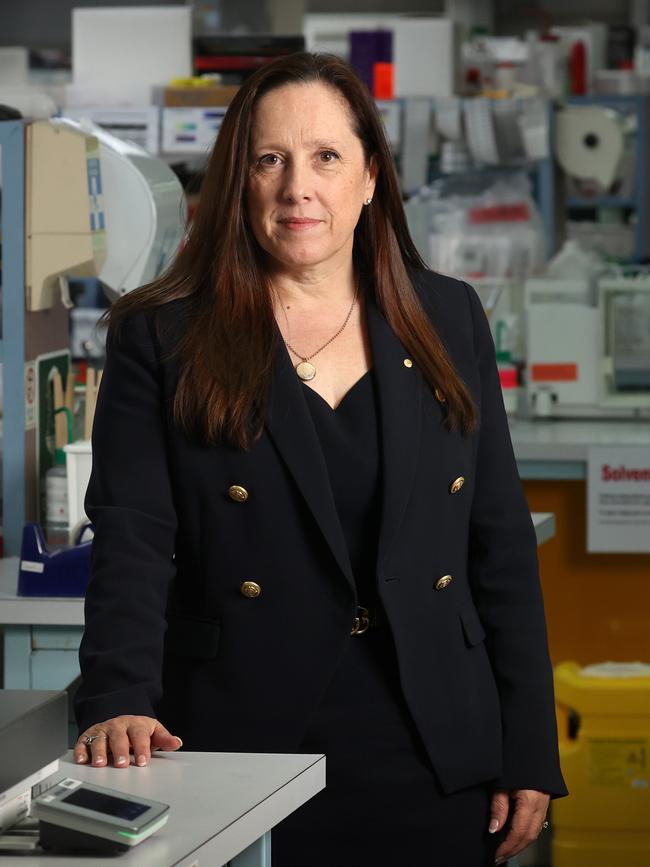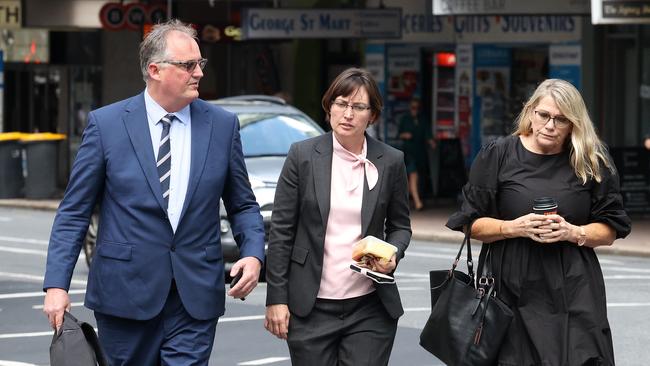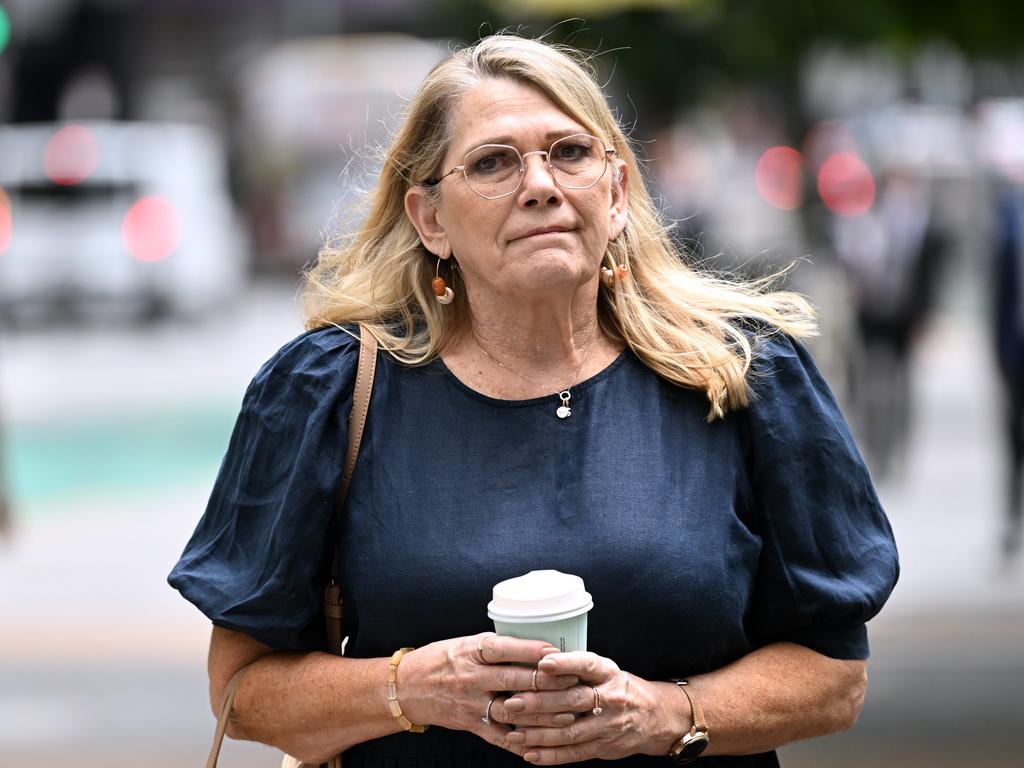Shandee’s Story: ‘High school kid’ could have found problems in catastrophic DNA report
A retired forensic scientist says a high school student could have picked up catastrophic problems with a DNA extraction method that has been blamed for the failure to identify Shandee Blackburn’s killer.

A retired forensic scientist says a high school student could have picked up catastrophic problems with a DNA extraction method that has been blamed for the failure to identify Shandee Blackburn’s killer.
Ron Grice, who used to work in Queensland’s DNA laboratory and was a whistleblower in the 2000s, said criminals would have walked free because of a flawed extraction method introduced despite the government-run lab knowing it was failing to find DNA in crime scene samples.
Used in some form between 2007 and 2016, the time-saving method had robots recovering DNA rather than scientists doing it by hand.
The abstract or executive summary for the “Project 13” method report falsely stated that the results of an automated method were “comparable” to a manual method.
Evidence in the body of the report revealed that the automated method was recovering up to 92 per cent less DNA than the manual method.
The flawed method was used on almost all the samples of concern in the investigation into Blackburn’s savage 2013 stabbing murder in Mackay, including one from a fresh pool of blood that returned a result of “no DNA detected”.

The new chief of Queensland’s DNA lab, Linzi Wilson-Wilde, reviewed the automated extraction method for retired judge Walter Sofronoff’s commission of inquiry last year but did not mention it had serious problems recovering DNA.
Mr Grice described Project 13 as a “load of bullshit masquerading as science”.
“Crikey, a high school kid could interpret it. Obviously, the manual system is superior by a long shot in each of these cases. It’s pretty bloody obvious,” he said.
“Manual wins hands down every time. You’ve got four graphs to prove it.
“I don’t know how they got away with it, but on the other hand, having worked there, I never cease to be surprised what my old workplace has been getting away with.”
Mr Grice told a new episode of the Shandee’s Legacy podcast that he was shocked that problems with the extraction method were not detailed by Professor Wilson-Wilde in her expert report to the inquiry. “Oh God. I didn’t know she’d seen this,” he said. “I simply can’t believe it.
Professor Wilson-Wilde has strongly denied misleading the inquiry, and has insisted she said the entire Project 13 automated method was “flawed”.
Yet in her expert report, she did not address the yield issue, instead making a milder observation that verification was insufficient and not consistent with expected good practice.
Mr Grice said the automated method would have kept staffing costs down, but in the long term “you’re going to be letting criminals walk free”.
“There’s DNA on those samples and these buggers aren’t finding it,” he said.
“But there’ll be a few cases whereby indeed the DNA sample could actually prove that the person was innocent.”

Disturbing problems with the DNA extraction method were uncovered by forensic biologist Kirsty Wright and two internationally renowned experts, Jo Veth and Bruce Budowle, in the final days of Queensland’s DNA inquiry.
Because their discoveries came at the very end of the inquiry, they were not canvassed during public hearings.
After Mr Sofronoff’s final report was handed down last December, Dr Wright continued pouring over inquiry documents and found the lab knew the extraction method was failing to recover DNA from crime scene samples before it was introduced.
Mr Grice said Dr Wright had “looked under the rock where no other person has stayed or taken the time or trouble to look”.
“And once again, she’s found … not just a tiny little landmine but a ticking plutonium bomb,” he said.
Dr Wright and Vicki Blackburn, Shandee’s mother, both say they have lost confidence in Professor Wilson-Wilde, who was appointed by the state government in January to rebuild the troubled DNA lab.






